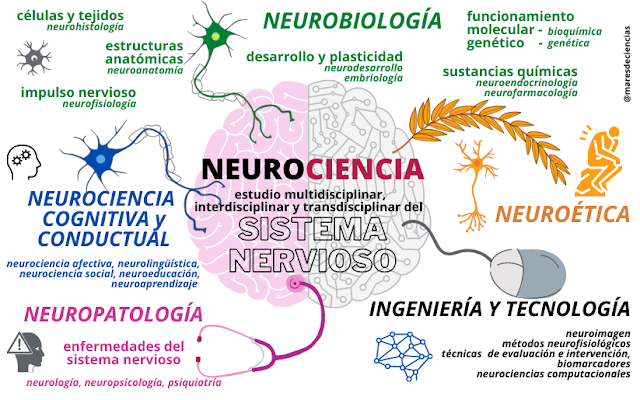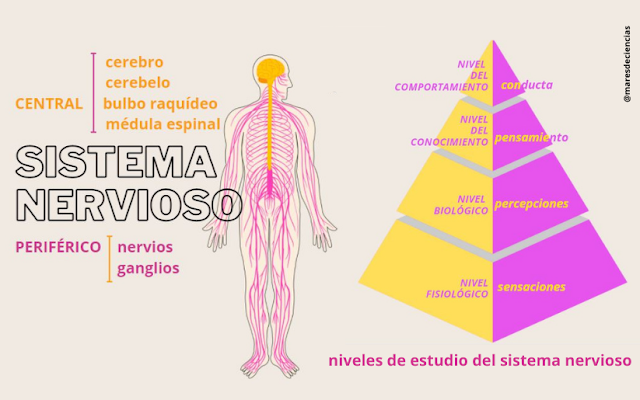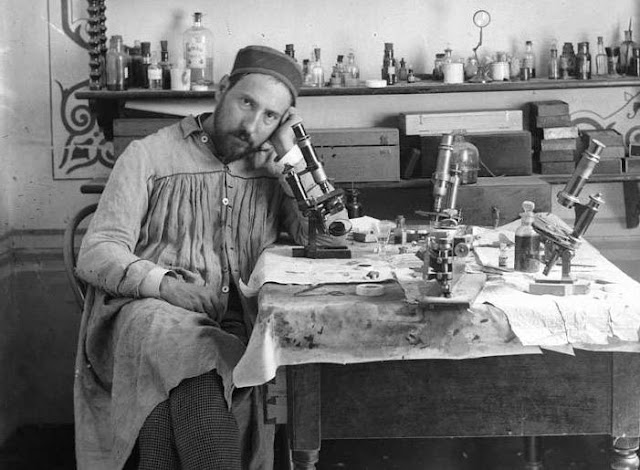SANTIAGO RAMÓN Y CAJAL
PIONEER OF MODERN NEUROSCIENCE
Santiago Ramón y Cajal, pioneer of modern neuroscience
What we know today about the brain, how we learn and remember, is only understood thanks to the pioneering work of Cajal […who] belongs to the select group of scientists whose impact on the development of [universal] science is colossal. Cajal knew how to explain to us “what our brain is like,” just as “Galileo taught us observation and experimentation; Newton and Einstein explained to us what the Universe is like [and] Darwin, how […] Nature evolves»
(Fernando de Castro S. scientist at the Cajal Institute [1].

While telescopes scrutinize the Universe, microscopes strive to reveal the mysteries of the brain. With some 100 billion galaxies, the universe is immense due to its extension, while the human brain is immense due to its astonishing complexity: some 86 billion neurons and each one capable of connecting with another 10,000 to form the networks in which that supports our functioning as human beings.
If the brain is already one of the most complex structures in the universe, it is dizzying to imagine the incredible coordinated precision machinery of which it is a part: the nervous system, responsible for producing and controlling emotions, thoughts, behaviors, as well as maintaining our basic vital functions.

That is why the findings of Santiago Ramón y Cajal (1852-1934), the Aragonese doctor who, between the end of the 19th century and the beginning of the 20th century, were so impressive, were able to find the key that opened the doors to knowledge of the structure and functions of the nervous system. [2]. With his tenacity, he modified the known histological techniques to explore variants that would allow him to observe any nervous structure under the microscope. With his artistic skills and his photographic knowledge, he represented with realism and detail what he saw and, thanks to his brilliant intuition, he correctly deduced the functioning of the structures of the nervous tissues. This led him to enunciate a series of theories and principles that revolutionized neuroscience.
«Cajal saw life in the fabric that he was fixed on» (Juan A. de Carlos, scientist at the Cajal Institute) [3]
To explain the functioning of the nervous structures that he observed in his microscopic preparations, Santiago Ramón y Cajal combined knowledge from different fields. He thus laid the foundations of modern neuroscience, a conglomerate of scientific disciplines that study the elements of the nervous system from different points of view and at different scales of spatial and temporal organization [4].

Neuroscience seeks to understand how the nervous system develops and functions, what results from the integrated functioning of its elements, and what are the causes and possible remedies for its disorders and diseases.
Neuroscience is interested in what we do, learn, think, remember, decide and feel, taking into account the role that the nervous system plays in all these behaviors and knowledge, which are what individualize us as human beings.
Deciphering how, when and why the nervous system works correctly is essential to knowing how, when and why it can stop doing so. However, understanding diseases of the nervous system is a colossal challenge to which neuroscience can only respond—as Cajal did—by combining different independent disciplines (it is multidisciplinary), associating them in search of a common objective (it is interdisciplinary) or integrating them into a framework. unique that harmonizes disciplines, points of view and approaches (it is transdisciplinary). Thus, to resolve technological and methodological issues, neuroscience relies on large branches of knowledge such as biology, medicine, chemistry, physics, computer science or mathematics, among others.
From Cajal to today, technological progress has allowed a spectacular development of neuroscience, thanks above all to neuroimaging techniques to see the brain in action, to gene sequencing to track the hereditary component of behaviors and disorders, to biotechnologies to explore on a molecular scale, to the development of drugs to act on brain chemistry or to computer and computing technologies that allow calculations, modeling and simulations. Neuroscience has become a priority research field of the 21st century, with spectacular international macroprojects, such as Brain in the USA (led by the Spanish Rafael Yuste from Columbia University), Human Brain in the European Union, or the Elon Musk’s Neuralink project.
This global boom in neuroscience is largely due to the increase in neurodegenerative diseases—whose prevention and treatment are extremely costly for society—but also to how inspiring the functioning of the nervous system in general, and the brain in particular, is. for any discipline of human activity [5], from marketing and economics to education, including linguistics, architecture or the applications of neurocomputing in the development of artificial intelligence.
Beyond the “neuroboom” that adds – justifiably or unjustifiably – the prefix “neuro” to everything, neuroscience is already and will be one of the main drivers of development of humanity, both for the well-being of its societies and its individuals. A development that must be made always taking into account the debate on the new ethical questions raised by the innovative research techniques and methods of neuroscience, something that neuroethics deals with [6].
The researchers at the Cajal Institute have been able to maintain the tradition of research excellence of their illustrious teacher, fully assuming the commitment of neuroscience to the present and future challenges of Spanish society.
Have you been curious and want to know more?
The Cajal Legacy http://www.cajal.csic.es/Legado.html
Spanish Society of Neuroscience (SENC) https://www.senc.es/
Society for Neuroscience (SfN) https://www.sfn.org/about, with its outreach initiative through BrainFacts.org https://www.brainfacts.org/about
Dana Foundation https://www.dana.org/about-dana/ , a nonprofit organization dedicated to advancing neuroscientific knowledge, which hosts Brain Awareness Week https://www.brainawareness.org/ during the month February to promote the science that studies the brain.
Federation of European Neuroscience Societies (FENS) https://www.fens.org/about-fens, which is the largest European neuroscience organization. With an infographic (in English) on the future of neuroscience https://www.fens.org/publications/resource/the-future-of-neuroscience#images
Neuroscience, the blog of the neurobiologist and scientific communicator José Ramón Alonso https://jralonso.es
When did neuroscience emerge?l Cerebrotes, YouTube channel of neuroscientist Clara García https://www.youtube.com/watch?v=3qJP9ea7o4Q&ab_channel=Cerebrotes
The future of the brain: https://theconversation.com/el-futuro-del-cerebro-10604
Historical introduction to neuroscience https://www.senc.es/introduccion-historica-a-la-neurociencia/
Brief history of neuroscience https://sinapsis-aom.blogspot.com/2011/12/breve-historia-de-la-neurociencia.html
Lessons on neuroscience. YouTube Channel UnProfesor https://www.unprofesor.com/ciencias-naturales/biologia/neurociencia/
Meeting with the neurobiologist Rafael Yuste (2020) https://vimeo.com/453585643
Talks of the future: The brain and mental illnesses (2017), Rafael Yuste https://www.youtube.com/watch?v=fsSDkHb37yY&t=31s
SOURCES CITED
[1] De Castro, Fernando (2019). Cajal and the Spanish Neurological School: Neuroscience Would Have Been a Different Story Without Them. Front. Cell. Neurosci., May 24, 2019 | https://doi.org/10.3389/fncel.2019.00187
[2] It was Cajal who made the first detailed description of the morphology and connections between cells of the Central Nervous System, explained how certain chemicals could guide their growth (he was the first to discover and name the axonal growth cone) and connect certain neurons with each other. He was also the first to propose the law of dynamic polarization of nerve cells and evoked the relationship between brain plasticity and mental processes, as well as the influence of the environment on brain development and function (De Felipe, Javier [2006]. BraIn Plasticity and Mental Processes: Cajal again. NATURE REVIEWS | NEUROSCIENCE VOLUME 7 | OCTOBER 2006, pp. 811-817 doi:10.1038/nrn2005); Llinás, Rodolfo (2003): The contribution of Santiago Ramon y Cajal to functional neuroscience. Nat Rev Neurosci 4, 77–80 (2003) https://doi.org/10.1038/nrn1011)
[3] Alonso, JR. and Juan A. De Carlos (2018). Cajal. A cry for Science, Next Door Editorial, p. 175 https://jralonso.es/2018/11/09/cajal-un-grito-por-la-ciencia/. In this link, an interview with Juan A. De Carlos (2021) about the book
[4] To visualize the scales of spatial organization of the nervous system, from molecules to the human being as an organism, watch the video of the European Human Brain project https://www.humanbrainproject.eu/en/science/overview/ . Regarding the temporal scale, the scale of the phenomena that can be studied in the nervous system ranges from the millisecond to the year.
[5] Sánchez Rojas, Macarena (2017). Fields of application of neuroscience, is anything valid? Blog «Let’s talk about Neuroscience» https://hablemosdeneurociencia.com/campos-aplicacion-la-neurociencia/
[6] Giordano, J. Neurotechnological progress. Need for neuroethics, in “The next step. Exponential life», Madrid, BBVA, 2016. https://www.bbvaopenmind.com/articulos/progreso-neurotecnologico-necesidad-de-una-neuroetica/
